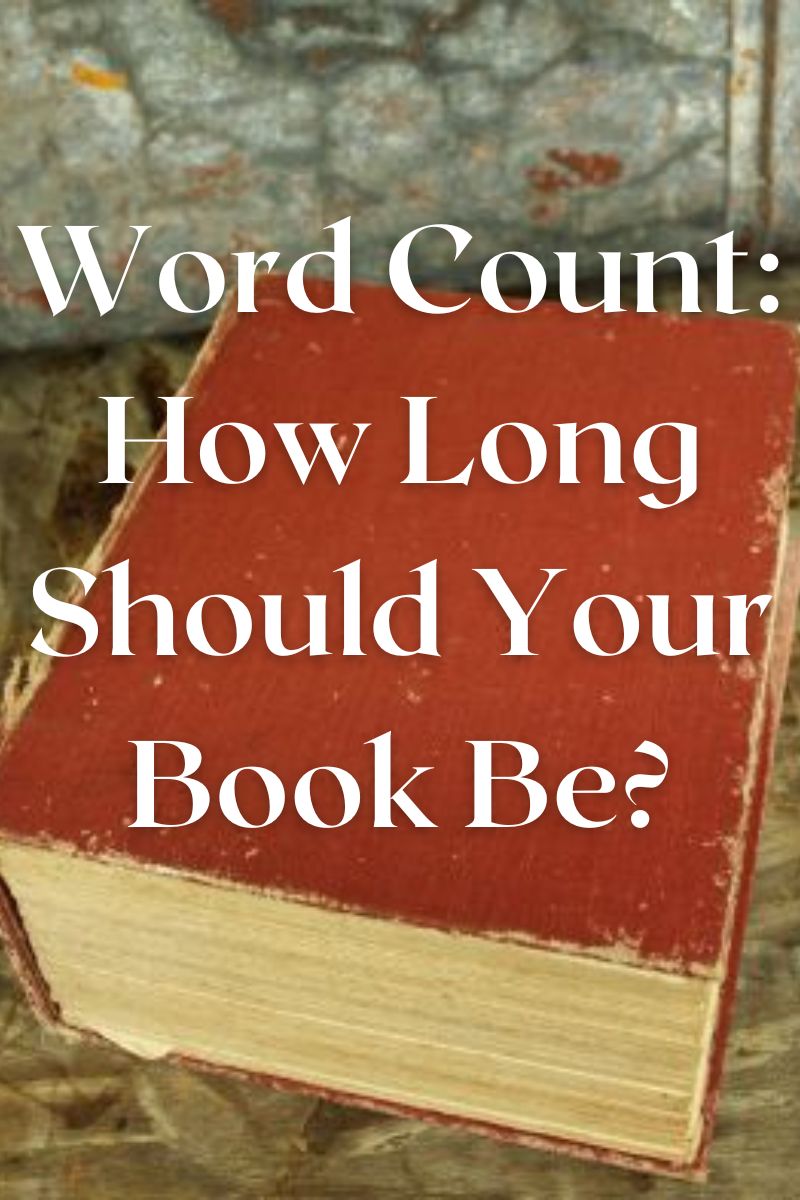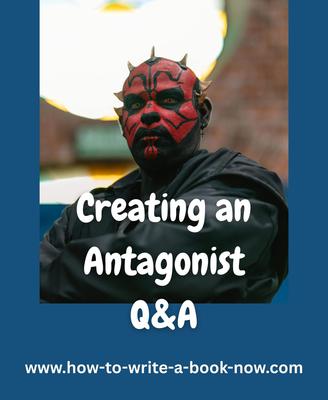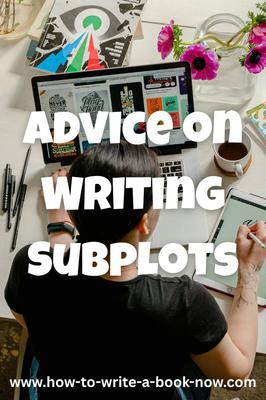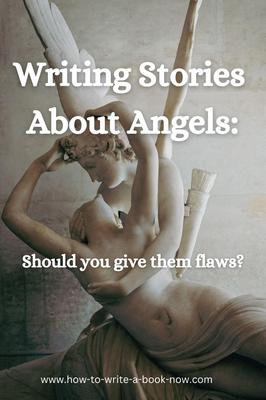The Word Count of a Book: What is the Ideal Length?
By Glen C. Strathy
On one level, you could argue that the word count of a book (the most common way of measuring its length), is the last thing a fiction writer should worry about. Your job is to write a good story, and that means including all the detail you need to tell the story well and leaving out anything extraneous. The word count should serve the needs of the story itself. if it does, who cares whether the book is 100 pages or 1,000?
After all, would we really care if Michelangelo's statue of David was a foot shorter or if Rodin's Thinker was a foot taller? They would still be great works of art, no?
Well.... yes and no. There are a few practical considerations no matter what form of art you are working in. For instance, Michelangelo's statue was made to stand on top of a building. It had to be big enough to be seen from the street below. And Rodin's was made to sit atop a larger work, a set of doors he called "The Gates of Hell.” So it couldn't be so big as to make the door frame look top-heavy.
Authors – particularly beginning authors – also have considerations they should keep in mind. Some of these pertain publishing realities. A story that is shorter than the minimum word count of a book in its genre might be more suited to be published as a novella in a journal or anthology. A book that's exceptionally long might be more marketable as a two-volume work or a trilogy than a single book.
Other considerations pertain to your readers, who have certain expectations and biases when they choose books. Publishers generally understand these expectations, and new writers who meet them are less likely to be rejected than those who violate them.
To take an obvious example, children's books are shorter than adult novels because children on average don't have the same attention span, vocabulary, or reading skills of adults. If you want to write novels for 9-year-old boys, who tend to be a tough audience, they had better not be three inches thick.
Similarly, many people read nonfiction business books for the sake of their jobs, not out of any great love of reading. They want books that look thick enough to be worth reading but thin enough that they can be read in a few hours or skimmed in 20 minutes (good introductions are essential).
On the other hand, fantasy readers love immersing themselves in imaginary worlds. They will read longer books because they love the details. Likewise, someone buying a romance novel to read on vacation may want something at least long enough to last through an entire day of sunbathing or a long plane flight. For such readers, a book that is too thin will have a lower perceived value.
(You might get away with a shorter eBook, since eBooks have no thickness and sell at a lower price. Your vacationer might download three or four books onto his or her eReader at one time. However, thin printed books look cheap.)
The Word Count of a Novel.
So does your story match the typical word count of a book? The rules are not hard and fast and different sources have slightly different guidelines. But, they generally converge.
For instance, the Science Fiction and Fantasy Writers of America defines the following categories when selecting works for the Nebula Awards:
Short story: any fictional work under 7,500 words
Novelette: between 7,500 and 17,500 words
Novella: between 17,500 and 40,000 words
Novel: anything over 40,000 words
A couple of points about this...
1. Not everyone uses the term "novelette." Some people lump novelettes in with short stories.
2. By most people's standards, 40,000 words would be pretty short for a novel. In most genres, 50,000 would be considered the minimum word count, and ideally a novel should be over 70,000 words. On the upper end, a novel over 110,000 words is considered an epic. That's the level where publishers may suggest dividing a story into multiple volumes.
On the other end of the scale, we have flash fiction, which are the shortest of short stories Again, requirements vary according to the publisher/contest soliciting the stories. However, a story can generally be considered flash fiction if it is under 1,000 words. Some flash fiction is under 500 words.
If you're writing an adult novel, the target you should aim for (knowing you won't hit it exactly) is around 80,000-90,000 words.
As for children's books, here are the general targets:
Picture books: 350-600 words.
Early readers: individual publishers set targets according to reading level, but under 3,500.
Chapter books: 6,000-10,000.
Middle grade or tween novels: 30,000-45,000.
Young adult novels: 55,000-70,000.
Don't get hung up on these figures. They are just guidelines, and there are lots of exceptions. The only time you should get concerned is if you're very far off the mark.
(Of course, it's better if your first draft is too long rather than too short. It's always easier to trim than to lengthen.)
Keep in mind that fantasy and science fiction novels can often be longer (as discussed above). With adult fantasy books, you can add 25% to the length because of the extra space often needed to describe aspects of the story world. Middle-grade or young adult fantasy books are often double the length of their realistic counterparts.
It's also true that an established author is more likely to sell a longer novel, especially if it's a sequel to a popular first novel, since the publisher knows it will make back the higher publishing costs.
The Word Count of a Book that is Non-fiction.
As for non-fiction books, the standard bestsellers have word counts similar to adult novels. However, there is a wide range of acceptable word counts for non-fiction books. Some stocking stuffer books are very short. Pencil-thin books on narrow topics that are under 50,000 words are quite common. Bestselling business books are often half the length of novels, because business readers are pressed for time and need quick reads. On the other end, reference and academic books can have huge word counts. Coffee table books and other illustrated books may have very little text, but be very expensive to print because the extensive illustrations require better quality paper. In these cases, the overall design of the book determines the publishing costs more than word count.
If you want to get a target for
your non-fiction book, the best thing may be to look at a dozen or so
bestselling books in the genre/niche you're aiming at and see what their
word counts are. (With longer books, you can get a rough count by
adding up the number of words on an average page and multiplying by the
total number of pages.) Do this for several books in your niche to get a targeted range.
Just remember, with so much diversity in non-fiction, you have even less of a reason to get hung up on length.


























